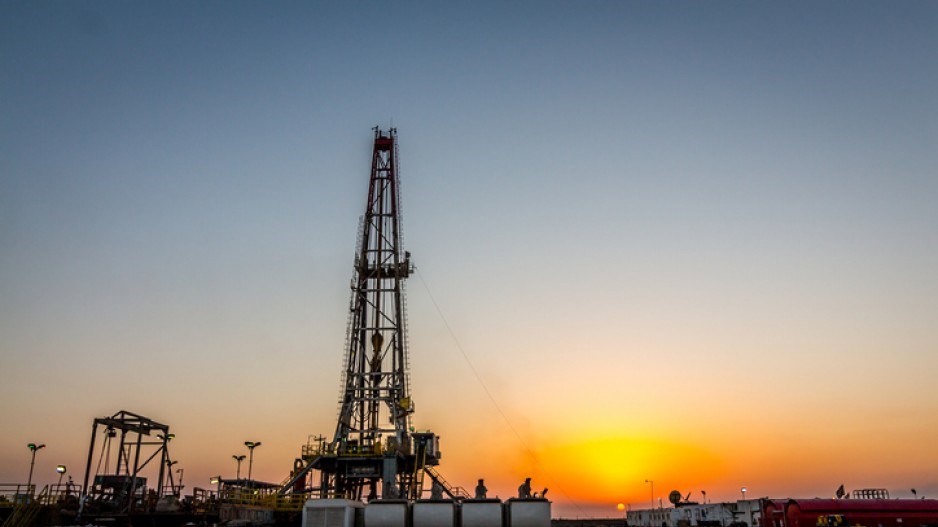The BC Oil and Gas Commission is beginning work to temporarily place a dense seismic monitoring array between Dawson Creek and Fort St. John to monitor hydraulic fracturing operations.
Chief operating officer Ken Paulson said the commission is the first North American regulatory body to determine fracking can result in low-level induced seismicity.
“The commission is very supportive of the deployment of these additional 36 seismic monitors,” he said. “This deployment will contribute significantly to the growing body of peer-reviewed science that helps us to understand the causes and contributing factors of induced seismic events and assists us in the development of effective mitigation.”
Earthquakes in the Peace region are nothing new and some have been connected to the oil and gas collection activity whereby water, chemicals and sand are injected at high pressure into underground reserves to retrieve oil and gas deposits.
Earlier this year, there were calls for a 10-15-kilometre fracking exclusion zone around the massive Site C hydro dam project not far from the test site.
The study comes two years after the NDP government commissioned a scientific review panel to study fracking after public concerns were expressed.
In February 2019, the scientific panel produced a 236-page report, which included assessments of induced seismicity risks in general.
That report raised no concerns specific to hydroelectric dams on the Peace River.
"We recently completed an independent scientific review of the hydraulic fracturing process in B.C that found our regulatory framework to be robust," the Ministry of Energy, Mines and Petroleum Resources said at the time.
The report, however, added that the rapid adoption of unconventional oil and gas extraction in B.C., such as hydraulic fracturing, and a lack of data make it difficult to quantify the risks, which include mini-earthquakes, fugitive methane emissions and water use.
The goal of the new project, being done in cooperation with Natural Resources Canada and Calgary-based company Symroc, is to increase understanding of induced seismic events in northeast B.C.
The commission currently employs a regional seismic array of 20 monitors in the region.
The temporary deployment of 36 additional monitors will allow for localized and focused research on a specific area and help all the partners better understand seismicity at a level of detailed resolution not before studied in Canada, the commission said.
The monitors, being one kilometer apart in a six-by-six kilometer grid, will collect seismic data during an upcoming hydraulic fracturing operation by a company working in Tower Lake, about 40 km southeast of Fort St. John.
Fracturing activity is scheduled to begin in January 2021, with all monitors expected to be in place this month.
“The purpose of this experiment is to collect detailed observations of seismic signals associated with hydraulic fracturing at an unprecedented resolution,” Natural Resources Canada project leader for induced seismicity research Honn Kao said.
“Results of this experiment are expected to improve our understanding of the physical process responsible for injection-induced earthquakes that, in turn, can lead to an effective mitigation of possible seismic hazards.”
Data from the seismic monitors will be shared with the landowners and made public, the commission said.
@jhainswo




